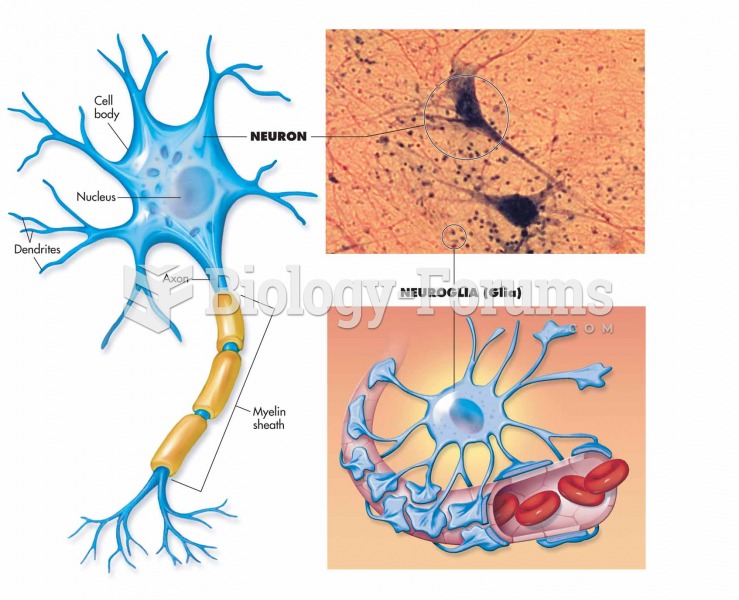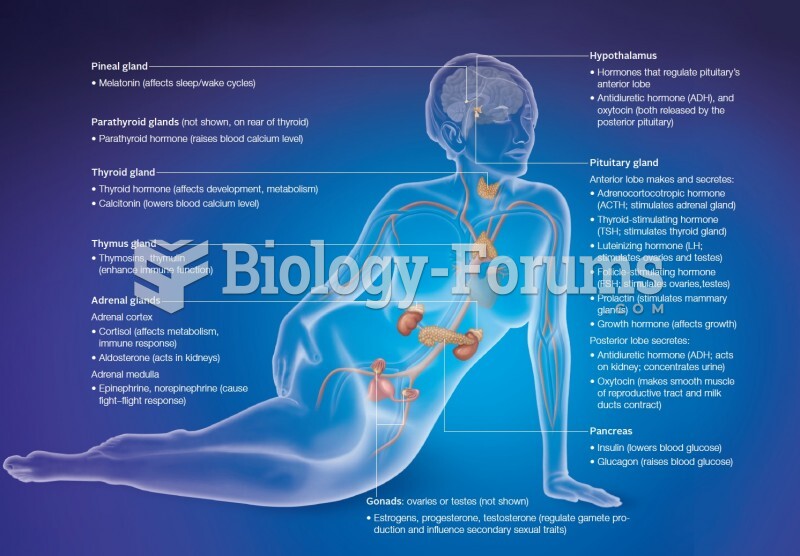Answer to Question 1
- In the story, 2055 is the present. In the Time Machine, the characters go back to the jungle of sixty million two thousand and fifty-five years before President Keith (par. 27). Although both settings have certain realistic qualities, A Sound of Thunder is a story told in the genre of science fiction.
Answer to Question 2
- The chief concern in interpreting The Metamorphosis with students is to read Kafkas story as symbolic rather than allegorical. Kafka resists conventional interpretation; no one tightly consistent reading will fit all the facts of the tale. Part of Kafkas particular genius was in creating seemingly allegorical situations (as in The Castle and The Trial) that refuse to fall into neat patterns. Allegorys central techniquelike Kafkasis the extended metaphor, but whereas allegory consistently equates the metaphor with a specific meaning, Kafkas metaphors suggest multiple interpretations. The thrill and mystery of reading Kafkas fiction is the sense that one is always on the brink of understanding everything followed by the discovery of some new fact that changes or contradicts ones own theory.
There are a great many interpretations of Gregor Samsas metamorphosis. One inarguable observation is that his transformation is horrible. He has become a huge insect that everyone finds disgusting; he himself is ashamed of his new form and hides when his sister enters his room to feed him. One can read the entire story as an extended metaphor, an anti-allegory that no single interpretive key will unlock, in which Gregors metaphorical identity as a revolting insect becomes literally true. This line of inquiry stills begs the question of
why Gregor became an insect. Kafkas text is famously silent on this crucial point; it can only be approached by implication. The two most common interpretations are that Gregors transformation is a
retribution for some unstated crime (whether it is his own crime, his fathers, his familys, or societys, depends on the critics orientation) or that his change reflects a
wish fulfillment on his part to abandon his job and be cared for by his family (whether this is a self-asserting wish for freedom or a shameful regression to childhood also depends on the critics approach).
There is an immense amount of commentary available on
The Metamorphosis. Harold Blooms Modern Critical Interpretations series contains a volume of essays on the story,
Franz Kafkas The Metamorphosis (New York: Chelsea, 1988). This compilation includes particularly interesting essays by Martin Greenberg, Stanley Corngold, Ronald Gray, and Walter H. Sokel. For a general study of the author, Erich Hellers
Franz Kafka (Princeton: Princeton UP, 1974) remains a fine short introduction. Page for page, however, Walter H. Sokels pamphlet
Franz Kafka (New York: Columbia UP, 1966) is probably the best introduction in English; moreover, it provides a compelling psychological reading of
The Metamorphosis. Roy Pascals
Kafkas Narrators (Cambridge UP, 1982) provides an extremely insightful discussion of how the impersonal narrator of
The Metamorphosis submerges the reader in Gregors consciousness in subtle and unexpected ways.
Students curious to know exactly what sort of bug poor Gregor became should consult Vladimir Nabokovs lively
Lectures on Literature (New York: Harcourt, 1980). Nabokov, who was not only a magisterial novelist but also a renowned entomologist, explores the nature of the
ungeheures Ungeziefer (Kafkas German phrase for Gregors new shape, which can be translated either as
gigantic insect or
monstrous vermin). No one has been able to identify precisely what sort of insect Kafka had in minda mystery that almost certainly was the authors intention. Nabokov, however, discusses what sort of bug he was not. Gregor, Nabokov resolves, was definitely not, as some readers often assume, a cockroach. Not all critical issues in Kafka are, it appears, beyond resolution. An interesting half-hour DVD of Vladimir Nabokov (played by Christopher Plummer) analyzing
The Metamorphosis is available from Library Video Company at
www.libraryvideo.co m.
One final note: an intriguing tribute to Kafka, one that sums up the powerful appeal of his stories, is that of the dramatist Vaclav Havel, former president of Czechoslovakia:
In Kafka I have found a portion of my own experience of the world, of myself, and of my way of being in the world. I will try . . . to name some of the more easily defined forms of this experience. One of them is a profound, banal, and therefore utterly vague sensation of culpability, as though my very existence were a kind of sin. Then there is a powerful feeling of general alienation, both my own and relating to everything around me, that helps to create such feelings; an experience of unbearable oppressiveness, a need constantly to explain myself to someone, to defend myself, a longing for an unattainable order of things. (From a lecture on Kafka delivered at Hebrew University in Jerusalem in April 1990;
New York Review of Books, September 27, 1990.)
Has the mind of Gregor Samsa ever been more concisely or more accurately described? For a writing assignment, students might be given a copy of Havels remarks and asked to show, by referring to particulars in the story, how they apply to
The Metamorphosis.







